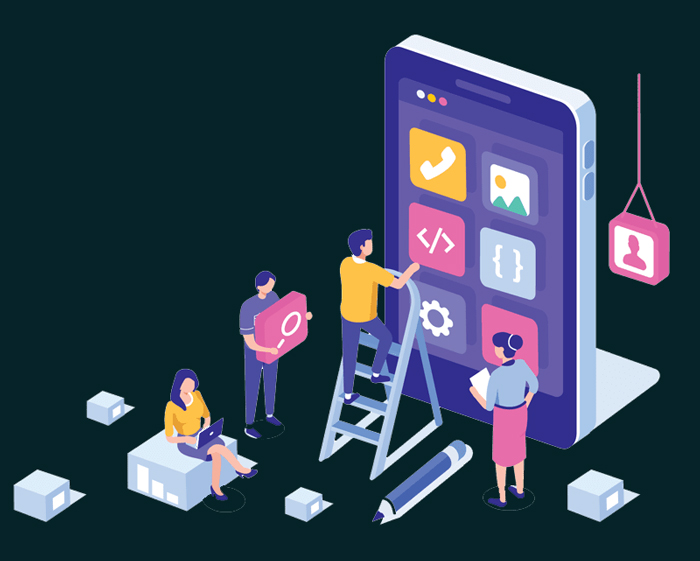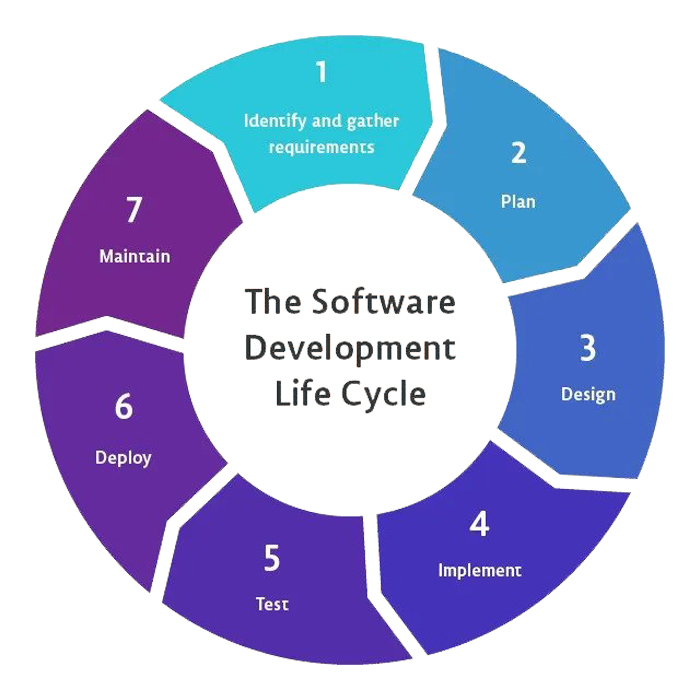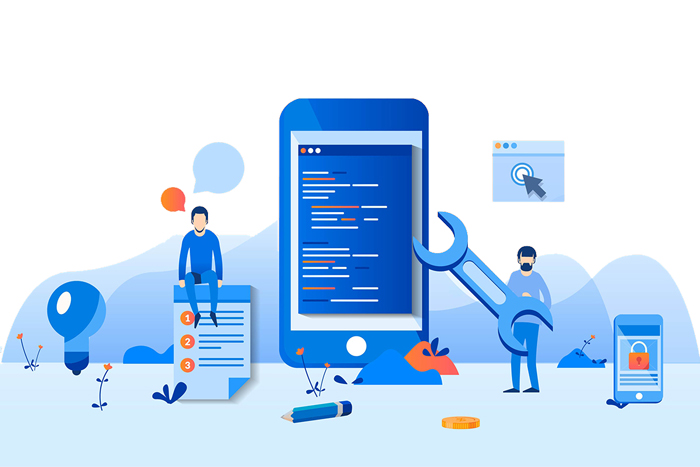stages of app development: Compared to desktops, the number of people using mobile devices to access the Internet has increased recently. More than 77 percent of people use their smartphones for at least 4 hours each day, according to statistics. Everyday, the average person uses 9 different apps.
As a result of the plethora of uses and advantages of applications, it is essential to develop them, and there is a lucrative market for doing so. Be sure to read this article from Digi if you want to stay on top of this competitive and appealing market.
What is Application development?
The process of Make an app—or a collection of applications—to carry out various tasks required by a business is known as application development. You’ve probably used some game apps, messaging apps, or even navigation apps if you have a smartphone or tablet.
Applications enable organizations to streamline operations and boost productivity. Similar steps are used in every application development process. We will discuss these stages of app development in this article.
Stages Of App Development; Stage 1 is the ideation phase
Idea generation is the first and most crucial step in the development of Android applications. In the ideation phase, you should try to generate fresh, unadulterated ideas using techniques like brainstorming. Evaluation comes next after idea generation. A few things to consider before moving forward with an idea are whether it can be implemented, whether anyone else has thought of it first, and what features and benefits it will bring to the application if it is.
You should now specify the reason for creating the application as well as the target audience. The ideation stage is typically a stage of trial and error. At this point, you must pay close attention to the details so that you can thoroughly examine your idea.
Stages of app development; Planning a strategy is the second step
The process of developing Android apps continues with strategizing and creating a foundational framework. Write down the positive and negative aspects of your competitors’ strategies in order to implement features that are superior to them in order to develop a targeted and successful strategy.
Stages of app development; Step 3 is to draft a wireframe
A fundamental stage of creating an Android application is creating a wireframe. The design or prototype displays the application’s fundamental architecture, as well as its visual elements and page navigation. Wireframes are helpful for identifying difficult areas as well as for helping you visualize a specific version of the app in your head with a prototype-like structure.
Stages of app development; Assessing technical viability
When developing Android applications, having in-depth technical knowledge of the necessary hardware and software is crucial. Advanced integrated development environments (IDEs), tools, programs, and programming languages enable developers to create Android apps more quickly and effectively. a case in point.
The official IDE for creating Android applications is called Android Studio, which Google has made available. Android Studio is a free open source program with many features, including code editing, testing, and debugging. It enables you to quickly create dynamic applications of the highest caliber.
Scripting languages: Java is the primary scripting language used in the creation of Android applications. However, Kotlin has been designated as the official Android development language by Google since 2017. Even though it’s entirely up to you, Kotlin will be much simpler and more useful than Java when it comes to developing Android applications.
Stages of app development; Designing the user interface is step five
For the development of Android applications, creating a visually appealing user interface, or UI, is crucial. Choosing the appropriate colors and graphics and creating a stunning application theme are therefore crucial. Users are drawn to certain colors and are more eager to use your app. Users are assisted in having a smooth and positive application experience by easy access and convenient navigation.
Stages of app development; Testing is step six
One of the fundamentals of developing Android applications is thorough testing. Your app must be evaluated against a number of criteria and standards before being submitted to the Google Play Store. Your app must function flawlessly in all circumstances and be free of bugs and coding mistakes.
Stages of app development; Step 7 is execution
The software is prepared to enter the Google Play Store and launch after being tested and found to function as intended. To publish apps on the Google Play Store, Google has a set of rules. The Android developer will submit their application to the Play Store for download if they adhere to these guidelines and instructions. However, the work is not yet done!
Hints for marketing apps
You should be aware that developing apps is not something you can simply abandon. You should always keep an eye on how many users are downloading your app and how well it is working overall. Once your app has been accepted into an app store, you should concentrate on enhancing your app marketing.
You can speak with industry professionals and critics, ask them to discuss your application and its features, and get their feedback. Additionally, you can provide users with free trials of your courses or even a percentage off the regular cost. In the Play Store or other app download stores, you should also make sure to include a succinct and helpful description of what your app does there.
The following are key considerations when writing the Play Store description or About this app section:
- Any user, regardless of technical proficiency, should be able to understand and follow the tone of the application description’s text.
- Keep your texts short and interesting.
- You should identify your target market.
- Make it clear which new features have been added to or taken away from the application in each update and development cycle.
last word for Stages of app development
While the use of applications for business growth has not recently experienced a boom, it can be said that it is quickly evolving into a crucial principle in the growth of a business with stages of app development. Applications are used by a variety of businesses, whether they are small, medium-sized, or large, to help them survive in the cutthroat market of today. The creation of a focused and common application enhances the user experience, opens up new revenue streams, and reaches more clients and audiences.



